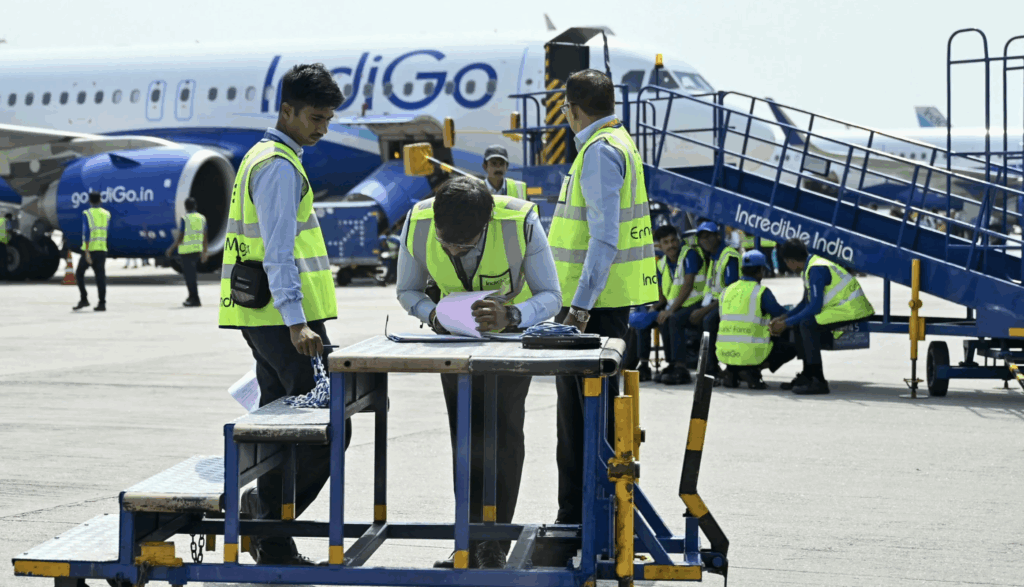Food delivery giants Zomato and Swiggy have recently increased their platform fees, stirring reactions among their customer base. The new fee structure, which raises the platform fee to Rs 6 per order, is part of a strategy to boost revenues and profitability. This blog explores the implications of this change and its significance for the food delivery market.

Background on Platform Fees
Initially, both Zomato and Swiggy charged a nominal platform fee of Rs 2 per order. Over time, these fees have seen incremental hikes. In key markets such as Bengaluru and Delhi, the platform fee has now reached Rs 6, representing a 20% increase from the previous Rs 5 fee. This fee is charged on top of the delivery charges and is aimed at covering the operational costs of the platforms.
Reason Behind the Increase
The increase in platform fees is a strategic move by both companies to enhance their take rates—the amount of money they make on every order. This comes at a time when food delivery services are under pressure to improve profitability. Raising platform fees is one method to achieve this without increasing the commissions charged to restaurants, which could lead to backlash from the restaurant partners.
Market Reactions and Customer Impact
Customers in Bengaluru and Delhi, key markets for both platforms, have expressed concerns over the increasing costs of food delivery. While a Rs 1 hike might seem minor, frequent users could see a noticeable impact on their monthly expenses. For instance, a regular customer ordering food multiple times a week will now pay a significantly higher amount in platform fees over the course of a month.
Experimentation with Fees
Swiggy has been particularly experimental with its platform fees. Earlier in the year, the company showcased a fee of Rs 10 to select users, though the actual charge was later discounted to Rs 5. This kind of dynamic pricing strategy indicates that both Zomato and Swiggy are testing customer tolerance and willingness to pay higher fees.
Additional Revenue Streams
Apart from platform fees, Zomato and Swiggy are also looking to advertising income and handling charges from their quick-commerce arms, Blinkit and Instamart. These handling charges are similarly positioned to cover operational costs and contribute to overall revenue.
Conclusion
The hike in platform fees by Zomato and Swiggy is a calculated move to enhance profitability amidst growing operational costs and market competition. While this may lead to higher costs for customers, it reflects the ongoing evolution in the food delivery industry as companies strive to balance customer satisfaction with financial sustainability. As the landscape continues to change, customers can expect further adjustments in service fees and delivery charges.













